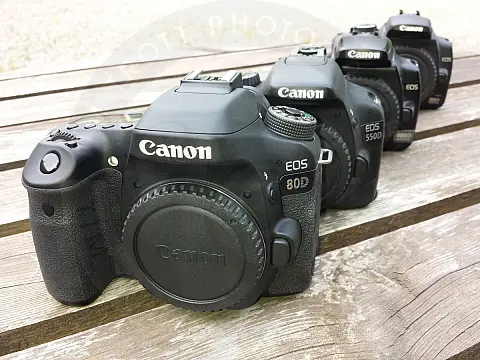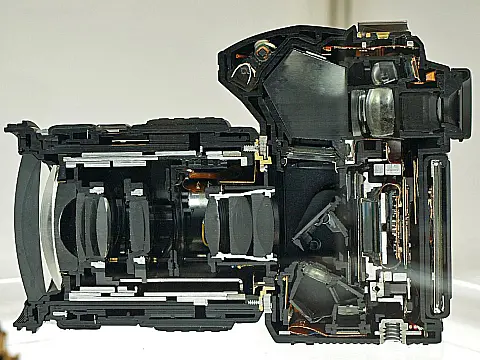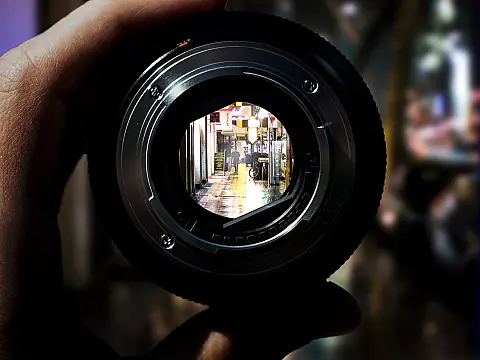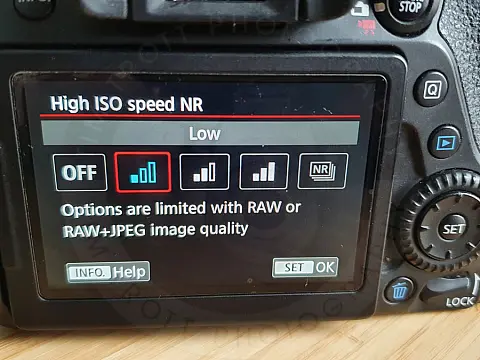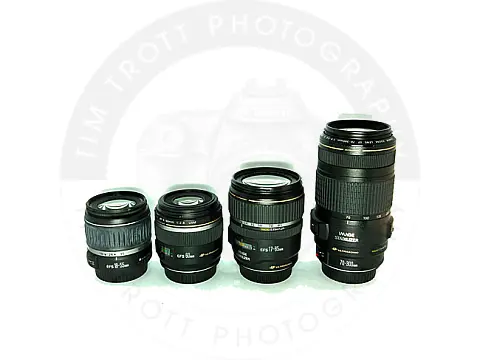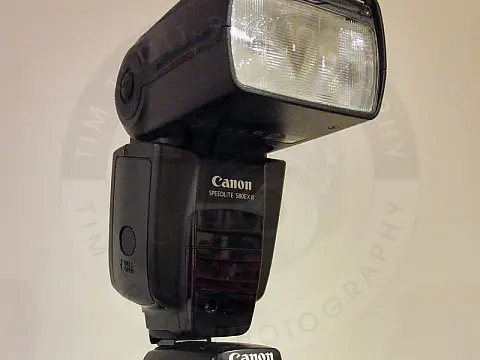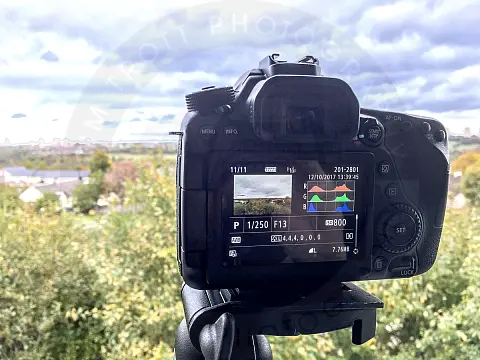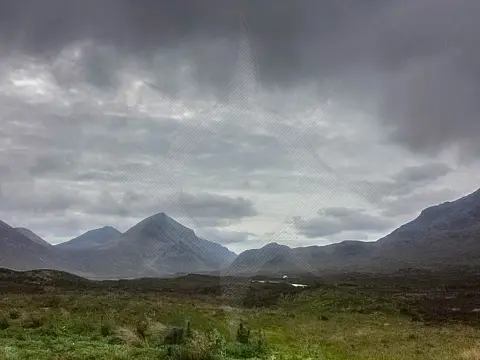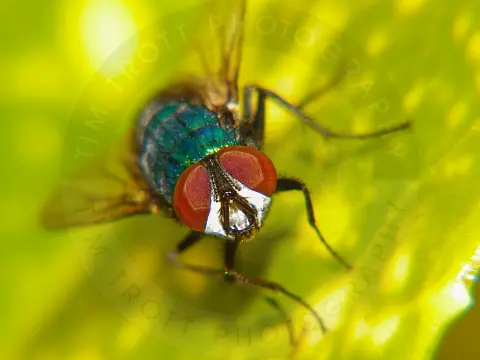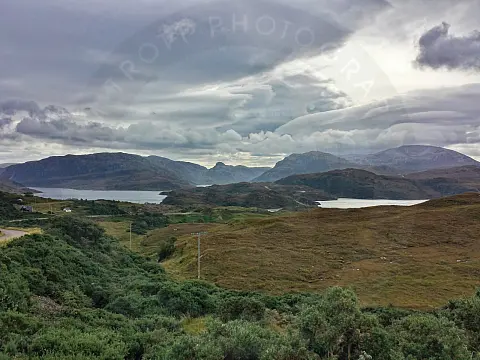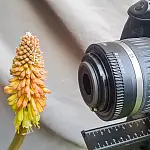An Introduction to Photography

This 19 part course will teach you photography basics such as buying a camera or lens, camera settings, how to compose and expose a photograph and give you a wealth of tips along the way.
By the end of the course you should have a much better understanding of your camera, photographic composition and how to get great results.
So let's get started and start taking your best photos!
Course Highlights
Lesson 1 - Introduction to Photography Course - Definition & Types of Photography
We start the introduction to photography course by taking a look at what photography is, a brief history and the types of photography styles we can expect to see.
Lesson 2 - How Cameras Work and Terminology Explained for Beginners
In this part of our free photography course we look at how cameras work, the types of camera available and why megapixels are important.
Lesson 3 - What is the Exposure Triangle and How Does It Affects Exposure?
We take a look at what exposure in photography is, camera settings that make up the exposure triangle and how to get the perfect exposure.
Lesson 4 - Understanding Camera Shutter Speed for Beginners
Accurate control of camera shutter speed makes or breaks a shot. Take control of shutter speed, master sharp photos and creative effects.
Lesson 5 - Aperture and Depth of Field in Photography Explained
One of the three cornerstones of exposure, aperture allows us to balance exposure and depth of field. Find out how to master aperture and make your subjects stand out.
Lesson 6 - What is Digital Photography ISO and Grain?
We take a look at digital photography ISO, grain and noise to see what they are, their effect on exposure and image quality.
Lesson 7 - How to Understand Camera Lenses and Focal Length
Focal length, usually represented in millimeters (mm), is the basic description of a photographic lens magnification. We also look at the different types of lens available.
Lesson 8 - Essential Photography Composition Rules To Improve Your Photos
Learn 10 key photography composition rules and how placement and relationship of elements within a picture can make or break a photograph.
Lesson 9 - Camera Metering Modes Demystified - Which One To Use
Camera metering modes are the way that a camera decides how to calculate exposure. There are four main modes and we look at what they do and when they should be used.
Lesson 10 - Camera Shooting and Exposure Modes Explained
Cameras have a multitude of camera shooting modes and settings which can be confusing at first. Once you know what they mean they are very easy to use and this guide shows you how.
Lesson 11 - Complete Guide to Flash Photography for Beginners
Flash photography isn't just a back-up for shooting in low-light conditions; correct use of flash can improve photos even if they are taken in broad daylight. This guide shows you how to use a built-in flash as well as hot shoe, off axis and macro flash guns.
Lesson 12 - When and How To Use A Camera Tripod In Photography
Image stabilisation features in lenses and improved high ISO performance in cameras have transformed the possibilities of taking pictures in low light, but the steady base of a tripod is your best choice when it comes to exploring the creative possibilities of slow shutter speeds and low light.
Lesson 13 - What Are White Balance And Colour Temperature Camera Settings?
White Balance in photography allows changes to the colour cast in the photo making it warmer or cooler depending on the lighting conditions.
Lesson 14 - How to Use Camera Histograms in Photography for Perfect Exposure
Camera histograms are not just a pretty graph. Histograms have had a major impact on how we expose our photographs in the field.
Lesson 15 - Master These 10 Camera Settings For Your Best Photographs
Learn about the key camera settings and how to use them to control exposure, shutter speed, use the flash and get your best shots.
Lesson 16 - Why You Should Be Shooting in RAW - Reasons and Benefits Explained
You've probably heard over and over that you should be shooting in RAW, but what is RAW and why should you use it? We take a look at RAW photography and why you should be making the effort to shoot RAW if your camera supports it. Do the benefits outweigh the disadvantages? We think they do.
Lesson 17 - Essential Photo Editing Techniques to Enhance Photographs
Photo editing, or photoshopping, allows photographers to enhance photos in many ways from cropping or rotating to creating composite images.
Lesson 18 - Complete Guide to Macro Photography for Beginners
The miniature world of macro photography of insects, bugs and plants offers some of the most powerful nature photographs imaginable.
Lesson 19 - Beginners Landscape Photography Guide for Stunning Photos
Landscape photography tips for all levels of photographer to help you get your very best photos when capturing the outdoors.
What Our Students Say
A fantastic introduction to photography! The lessons are easy to follow, and the practical tips have significantly improved my skills.Sarah M., Aspiring Photographer
The course covers everything a beginner needs to know. I loved the practical examples that made complex concepts easy to understand.James T., Enthusiast Photographer
About Me
Hello, I'm Tim Trott, your guide on this photographic journey. I've been captivated by the world of photography since my early years, starting with a Kodak Instamatic and evolving through various camera technologies.
In the late '90s, I embraced digital photography with a Fujifilm DX-7, paving the way for my passion. Over the years, I've experimented with different cameras, lenses, and techniques. My love for photography endured, leading me to my current companion, the Canon 80D.
Frequently Asked Questions
Is this course suitable for beginners?
Absolutely! Our course is designed for beginners looking to grasp the fundamentals and improve their photography skills.
How much does the course cost?
This course is entirely free. I believe in making photography education accessible to everyone.
Do I need any specific equipment for the course?
While having a DSLR camera is beneficial, our course is structured to accommodate various types of cameras, including smartphones.
How do I enrol in the course?
No need to enrol, subscribe or create an account. Simply click the links above to get started! No accounts, passwords, mailing lists or anything like that.
Embark on this exciting journey with us, and let's explore the art and science of photography together. Start now and let your creative vision come to life!
